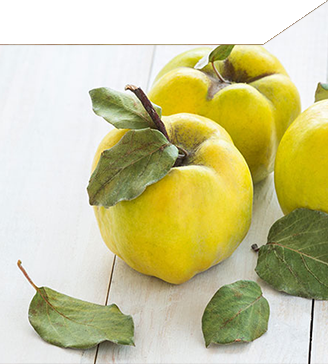
Origin / growing areas
Sea buckthorn originated in Tibet. Towards the end of the Ice Age, this wild fruit species migrated to Central Europe, where it was one of the first woody plants to grow on the expansive, barren gravel-covered areas left behind by the glaciers.
Sea buckthorn is an unusually robust plant, and is found in Germany primarily in coastal areas for that reason. Its career as a vitamin source began in the GDR, where tropical fruits were in short supply. That explains why sea buckthorn earned the name “lemon of the north”.
Description
Sea buckthorn is a wild fruit-bearing shrub. It grows to heights of up to five metres and can be nearly as wide. With its laterally extended branches and its irregular crown, the thorny shrub exhibits an unruly shape. Yet the relatively undemanding sea buckthorn is popular among hobby gardeners – due not least of all to its yellowish-red berries.
Distinctive features
Sea buckthorn is extraordinarily rich in vitamins and minerals. Just a few spoonfuls of sea buckthorn juice or puree contain enough vitamin C to satisfy the daily requirement for an adult. The small, yellow sea buckthorn berries contain up to ten times as much vitamin C as lemons, which is why they are often recommended as a dietary supplement in support of the immune system during the flu and cold season.
Fruit
The fruits of the sea buckthorn bush reach full ripeness in the autumn, when many small, closely packed yellowish-red berries appear amongst the elongated, silver-grey leaves. These berries are classified botanically as “pseudo-stone fruits”, as their juicy flesh encloses the actual nutlike fruit like a kind of skin. The juicy, orange fruit-flesh covering is rich in ethereal oils and is usually processed for consumption.
Flavour
Because its small, yellowish-red berries are tart and often very sour, sea buckthorn is usually sold in processed form. Many people in Germany consume it in the form of juice, puree, thickened paste or marmalade because its flavour is milder in those forms. But the general rule is that sea buckthorn should not be enjoyed raw, but rather as a flavour-enhancing supplement in foods and beverages. The thick, orange-coloured juice of the fruit is used by many juice producers as an ingredient in fruit beverages.






